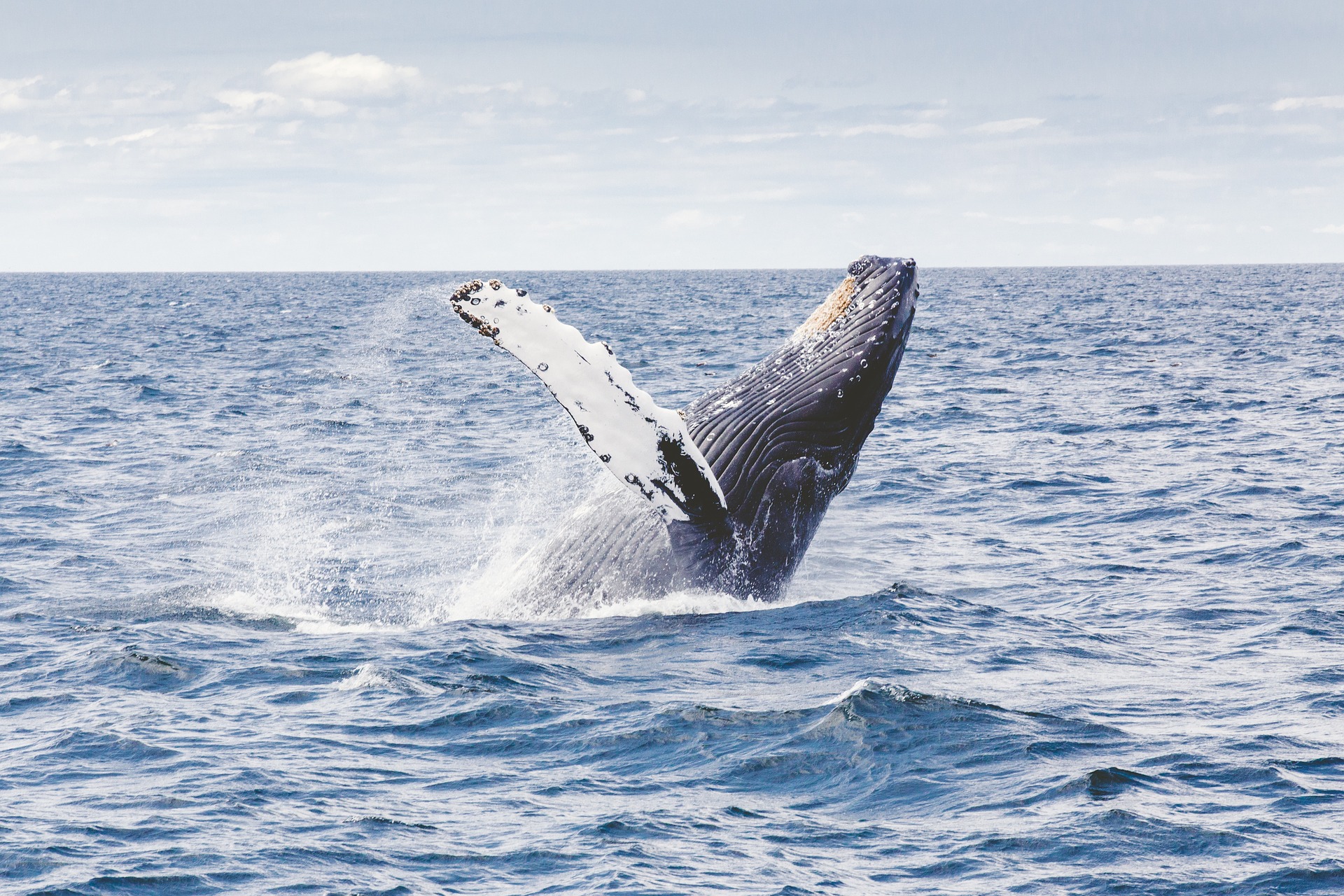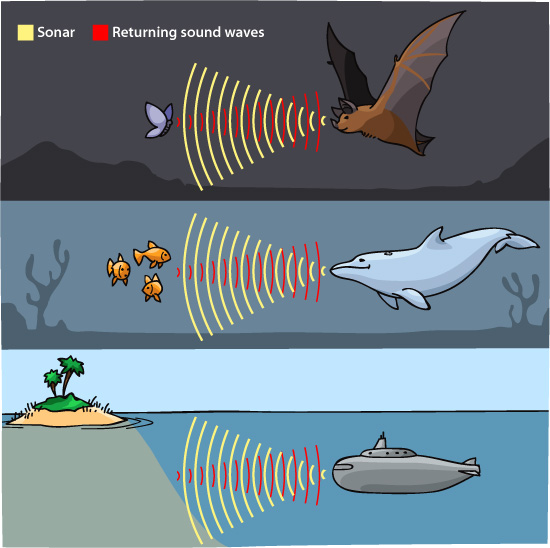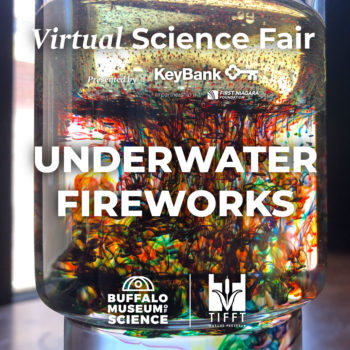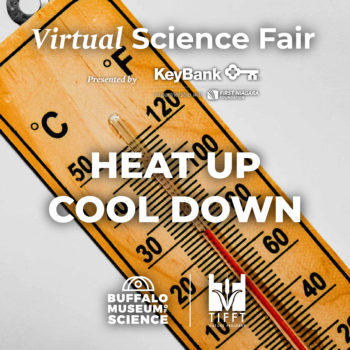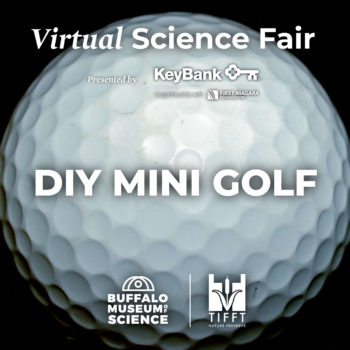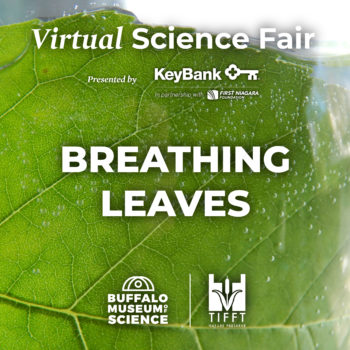Echolocation
Have science fun as a family! Complete activities with parental supervision.
Materials:
- Two people
- Baking sheet
- Two long cardboard tubes (paper towel or wrapping paper)
- Blindfold
Procedure
- Each person should have one cardboard towel tube.
- Lean a metal baking sheet against a wall.
- Have one person talk through their paper tube, aiming their voice at the baking tray.
- While one person is talking through the tube, the other person should hold their tube to their ear, pointing it at the tray as well.
- Take the tray away and communicating with and without the tray- what do you notice? What is happening?
- Next, test your hearing! Blindfold one person and have them sit somewhere safe, possibly in the center of a room.
- The other person will quietly walk around the blinded folded person and periodically make noises. They can clap, whistle, whistle, or hit the cardboard tubes together—use your imagination!
- When the one person makes the noise, the other should point in the direction that the sound is coming.
- Try loud noises and soft noises. Are some easier than others to pinpoint direction?
- Switch roles and try the experiment again!
- Be sure to take a picture or video to share in the Facebook comments on the Buffalo Museum of Science or Tifft Nature Preserve pages!
What’s it all about?
Sound moves through the air and water in waves. Many animals are adapted to use these sound waves to get information about the world around them. Often, animals with these adaptations live in places where their sense of sight would not be useful, like in darkness or underwater.
Animals like bats, whales and dolphins use echolocation in order to “see” in the dark or underwater. If the sound waves with their squeaks or clicks hit an object, the wave bounces back and returns to the animal. The speed that an echo returns to a bat indicates the distance of the object.
Humans also use echolocation because they looked at what nature can do! Submarines use sonar technology to figure out what’s going on underwater.
Try It!
- Try to make your own echo. Face different walls or buildings and clap. Depending on the texture of the wall, you may or may not hear an echo. What surfaces work better than others?
- Learning to identify where sounds are coming from is something you can get better at – with practice. Sit somewhere safe outside, close your eyes and listen. What do you hear? Where are the sounds coming from? Are some sounds easier to locate than others?

